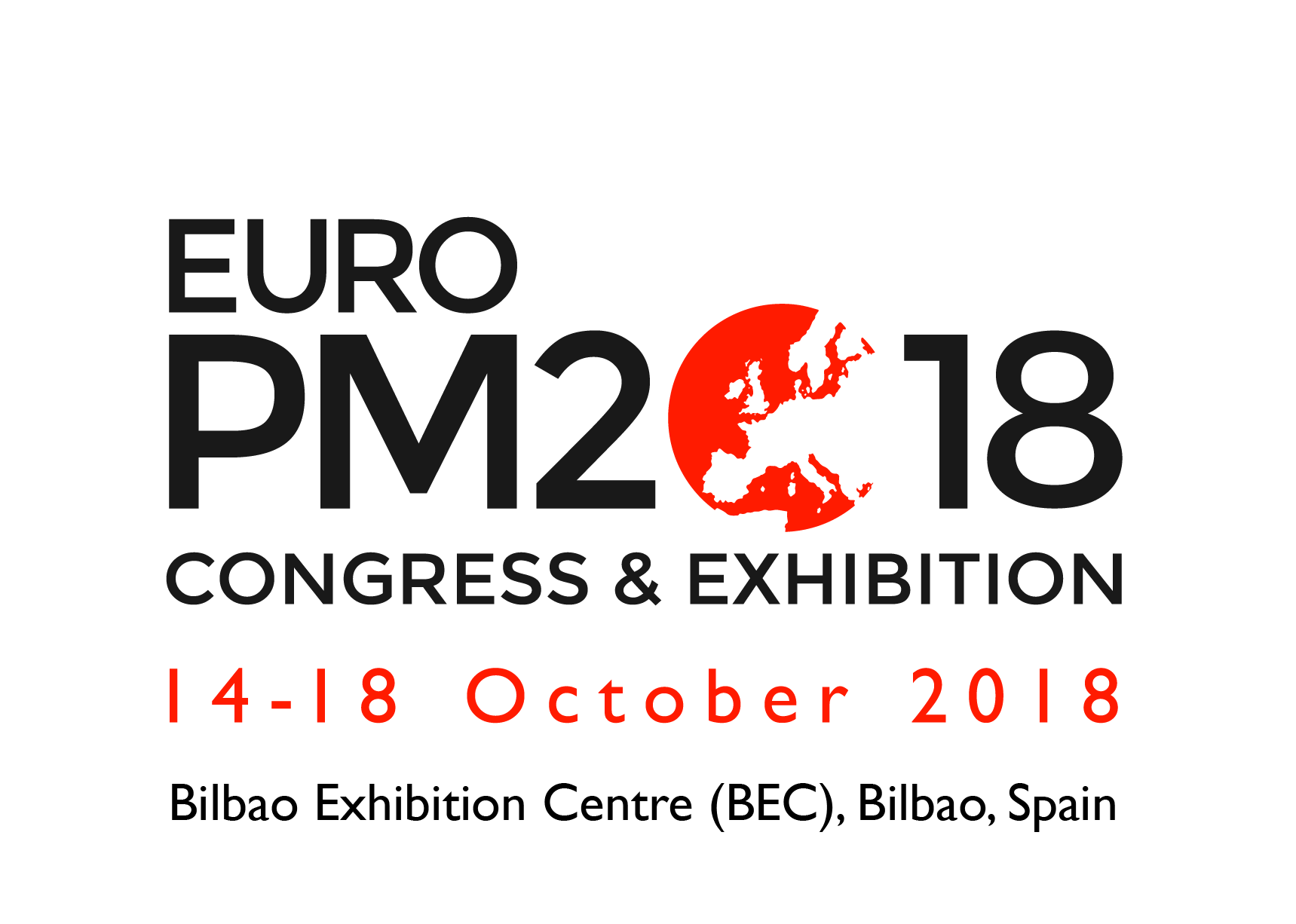Review Article
Integrated Processing of Rice Hulls for Production of Polyfunctional Materials
Corby G Anderson1*, SV Yefremova2 and YuI Sukharnikov2
1Kroll Institute for Extractive Metallurgy, Colorado School of Mines, Golden, Colorado, USA
2The National Center for Mineral Raw Materials Complex Processing, 67, Zhandosov Street, 050036, Almaty, Ka-zakhstan, USA
- *Corresponding Author:
- Corby G Anderson
Professor, Kroll Institute for Extractive Metallurgy
Colorado School of Mines, Golden, Colorado, USA
E-mail: cganders@mines.edu
Received Date: August 02, 2013; Accepted Date: September 04, 2013; Published Date: September 11, 2013
Citation: Anderson CG, Yefremova SV and Sukharnikov Y (2013) Integrated Processing of Rice Hulls for Production of Polyfunctional Materials. J Powder Metall Min 2:112. doi: 10.4172/2168-9806.1000112
Copyright: © 2013 Anderson, et al. This is an open-access article distributed under the terms of the Creative Commons Attribution License, which permits unrestricted use, distribution, and reproduction in any medium, provided the original author and source are credited.
Abstract
The following method has been proposed for processing the rice hulls with producing materials of polyfunctional purpose that includes the washing, drying, and pyrolysis of the raw materials, and condensation of the vapor-gas mixture. The solid product – nanocomposite produced by densely packed carbon nanoparticles (~500 Å) and silicon dioxide (100÷200Å), which were present in the amorphous form in number of ~52.0% and ~35.0% respectively, proved to be advanced filler for elastomers, sorbent for recovery of precious and rare metals, and fodder supplement for the farm poultry. The organic product (aqueous solution of carboxylic acids (22%), phenols (14%), ketones (12%), cyclic aliphatic hydrocarbons (4.5%), heterocyclic compounds (4%), and spirits and esters (4.5%)) is a high-selective collector to the lead minerals when beneficiating complex rebellious ores, plant growth stimulant used on the non-productive soils and an antiseptic agent. The mixture of non-condensable gases (percent by volume: áÃÂ4~ 40÷45;á2ÃÂ4~ 4÷6; áÞ 2 ~ 20÷22; áÞ ~ 22÷24; ÃÂ2~ 4÷6) can be used for producing carbon black or as a high-calorific fuel

 Spanish
Spanish  Chinese
Chinese  Russian
Russian  German
German  French
French  Japanese
Japanese  Portuguese
Portuguese  Hindi
Hindi 

